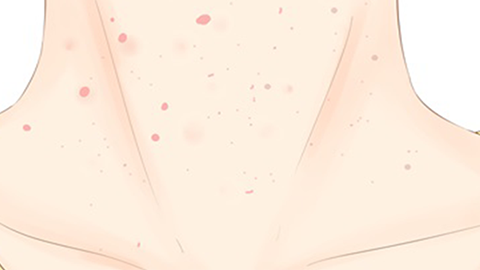How to remove filiform warts
Filiform warts are common skin infections caused by the human papillomavirus (HPV). Methods for removing filiform warts generally include laser therapy, cryotherapy, topical medication, electrocautery, and surgical excision. If concerned, it is recommended to seek medical advice in advance. Detailed analysis is as follows:

1. Laser therapy: Utilizes high-temperature laser energy to vaporize wart tissue. It offers precise targeting, can remove warts in a single session, causes minimal damage to surrounding healthy skin, and allows for quick postoperative recovery. It is suitable for filiform warts on exposed areas such as the face and neck.
2. Cryotherapy: Uses the low temperature of liquid nitrogen to freeze and destroy the wart tissue, causing it to necrose and fall off. This method is simple, fast, and relatively inexpensive, but may require multiple treatments for complete removal. Blisters and scabs may appear after treatment, and proper care is needed to prevent infection.
3. Topical medication: Corrosive or antiviral topical medications, such as fluorouracil cream and imiquimod cream, are used to gradually destroy the warts by applying the medication. This approach is suitable when there are multiple warts or physical treatments are not advisable. Continuous use for several weeks is required to achieve results.
4. Electrocautery: Uses heat generated by high-frequency electric current to burn off the warts. It can rapidly remove warts with clear therapeutic effects, but requires a high level of technical skill. It should be performed by a professional physician to avoid damage to surrounding skin. The wound should be kept clean after treatment.
5. Surgical excision: Larger filiform warts with thick bases can be directly removed surgically. Pathological examination can be performed after removal to confirm the diagnosis. This method provides thorough treatment but leaves a small wound. Postoperative care of the suture site is necessary to prevent infection.
When removing filiform warts, it is important to choose a qualified medical institution and have a professional physician evaluate and determine the appropriate treatment plan. Post-treatment care according to medical advice is essential, including keeping the wound dry and clean, avoiding scratching, and preventing virus spread or wound infection.




